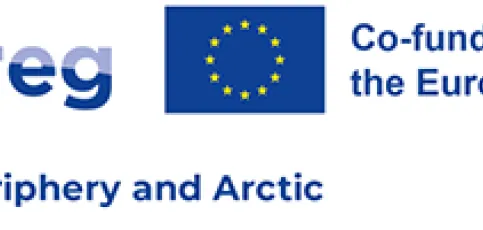
Jukka Heinonen, professor at the Faculty of Civil and Environmental Engineering
An increasing proportion of goods is not manufactured where it is used. As the majority of the environmental impact of produced products is caused in production, the nations that import the good cause environmental impact outside their borders. It is thus safe to say that much of the environmental impact in the developing countries is outsourced by richer nations," says Jukka Heinonen, professor in environmental engineering. He has, along with his collaborators, been studying how Icelanders' consumption-based carbon footprint has spread around the world.
This is the first study of its kind but few studies have been made on the environmental impact of individual countries outside their borders. Jukka's team includes Juudit Ottelin, who completed a joint doctoral degree from the University of Iceland and Aalto Universtiy in Finland last year, and Jack Clarke, who completed a Master's degree in environment and natural resources from the University of Iceland in 2017. They published their results in the article „Emissions in a decarbonised economy? Global lessons from a carbon footprint analysis of Iceland,“ in the of Cleaner Production in the autumn of 2017.
Jukka points out that emphasis in environmental issues and international sustainability contrast have been on reducing pollution and emission within the borders of each nation. This focus is too narrow in his opinion. "Furthermore, Icelanders often boast that 99% of residential heating and electricity in Iceland is supplied by renewable energy which is also a perspective that is too narrow to lead to real results," he says and adds: "A considerable part of the emission in Iceland stems from transport and imported products often only revealed to a small extent in local emission measures."



